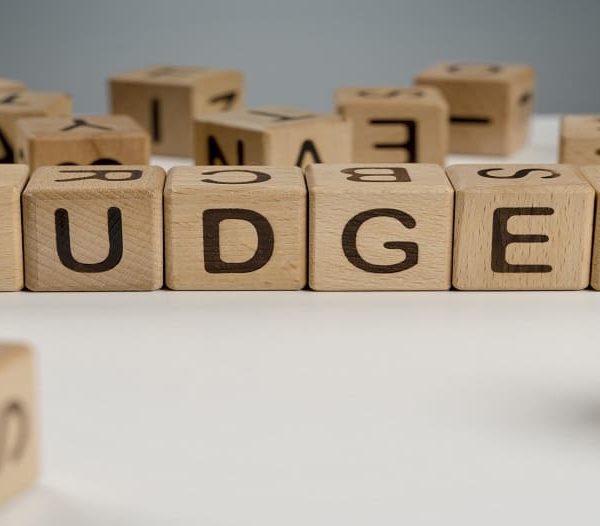The basic question here is what is the term of a Rajya Sabha member? Each member of Rajya Sabha has a term of 6 years but one third of members retire from the Rajya Sabha every 2 years.
Term of Rajya Sabha member upon permanent term remains 6 years and cannot be removed very easily from here.
The maximum strength of Rajya Sabha that is given by article 80 under the constitution of India is 250. Among these 250 members, 12 members are selected by the president for their contribution to the nation of India in the field of arts, literature, science, and social science. Whereas, the 238 remaining members are indirectly voted.
Election Procedure to the Rajya Sabha
The members of parliament in the upper house are representatives of their states and union territories. They are elected by the state representatives in legislative assemblies and by electoral college members of the union territory.
This is an indirect form of voting because the public votes for members in the state legislature and these elected members further elect members to the upper house. Thus, people are voting for them indirectly. The election is generally taken every 2 years since one-third of them retire biennially.
The 12 members selected by the president can change every 3 years.
What is the Term of Rajya Sabha?
What is the term of Rajya Sabha? The Rajya Sabha has no term. The Rajya Sabha is called the council of state or the upper house of Parliament. It cannot be dissolved and is a permanent house. The term of a Rajya Sabha member is 6 years and one third retires every two years. So, in the tenure of three years, the position can be filled by 3 different members.
It came into power in 1954 and has its own distinctive features. The ex officio chairman is the vice president of India and he or she can appoint a deputy chairman among the members.
Also Read : What is the Minimum Age to be the Governor of a State? Things You Should Know for UPSC Exam
Eligibility
What are the eligibility criteria for one to be elected into the upper house?
- He or she should be a citizen of India
- He or she must be a minimum of 30 years old
- He or she must sign a form from the election commission as an oath accordingly
- He or she must be of sound mind and has to stand contempt in court
Special Powers
The Rajya Sabha enjoys certain special powers under a few constitutional acts. In case any law is approved by the two-thirds of the majority regarding a state matter in the council of states and they deem it to be “necessary or expedient in the national interest” then the lower house has to make a law regarding the same.
Generally, the Lok Sabha handles matters of national interest and it comes under the union list and the Rajya Sabha handles matters of state interest and comes under the state list, but upon approval of the majority in the council of states, amendments have to be done in the state list matters by the lower house.
In case of national emergency, if the president signs a proclamation it has to be approved by both houses but if the lower house is dissolved during this issue or before it, the council of states approval is enough for the proclamation to go forward within specified periods mentioned under article 352,356 and 360 of the constitution.
Association between Lok Sabha and Rajya Sabha
Since laws need to be passed between both the houses there is a chance for conflict between them, for this, the constitution allows a joint sitting between the houses of parliament. There have been three joint sessions in the past to resolve the conflict between both houses.
In the case of a money bill, this is not applicable as it is very clear that Lok Sabha has more power in matters of finance. In the case of amendment bills, it is required for both houses to pass a majority as seen provided under article 368 of the Indian constitution.
In terms of power, privileges, and immunities both members of the houses share equal power and respect through the eyes of the constitution.
Conclusion
Your IAS preparation requires you to understand the concepts of Indian polity and the Rajya Sabha is an important aspect of it. To help you score better in your UPSC exam this article has broken down the Rajya Sabha and key aspects of it like what is the term of Rajya Sabha member? Or maximum strength of Rajya Sabha and further on. Boost your preparation for UPSC mains and prelims with more such articles from here.
Also Read : What is the Minimum Age to be a Member of Rajya Sabha? Guide on Rajya Sabha for UPSC







Thank you so much for this! I havent been this moved by a blog for a long time! Youve got it, whatever that means in blogging. Anyway, You are definitely somebody that has something to say that people should hear. Keep up the good work. Keep on inspiring the people!
Hands down, Apples app store wins by a mile. Its a huge selection of all sorts of apps vs a rather sad selection of a handful for Zune. Microsoft has plans, especially in the realm of games, but Im not sure Id want to bet on the future if this aspect is important to you. The iPod is a much better choice in that case. Technically, colitis disease is an inflammation of the colon.
I want to thanks for the efforts you have made in composing this article. I am hoping the same best post from you in the upcoming as well. In fact your creative writing abilities has inspired me to begin my own blog now. Truly the blogging is spreading its wings rapidly. Your write up is a fine model of it.